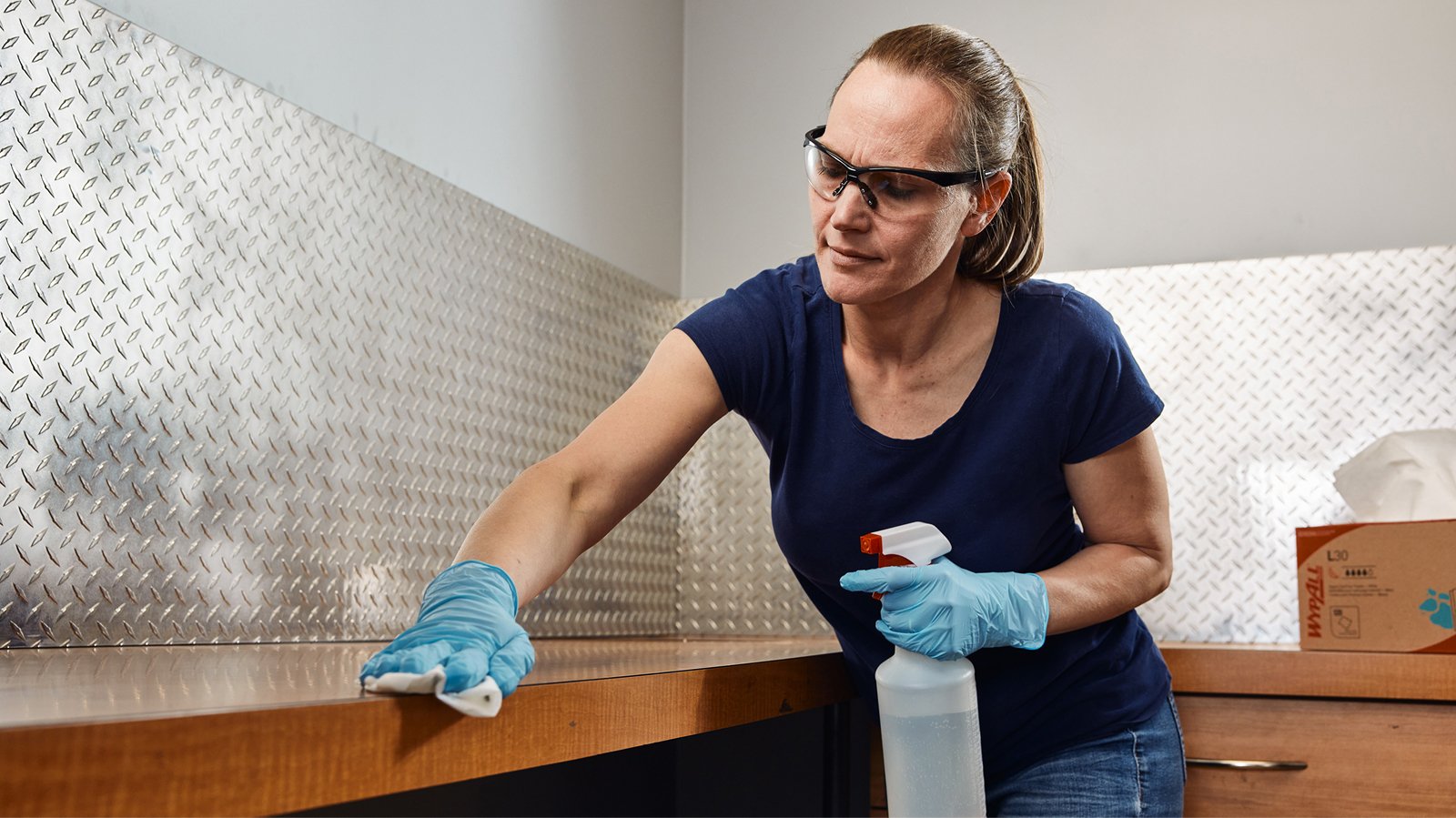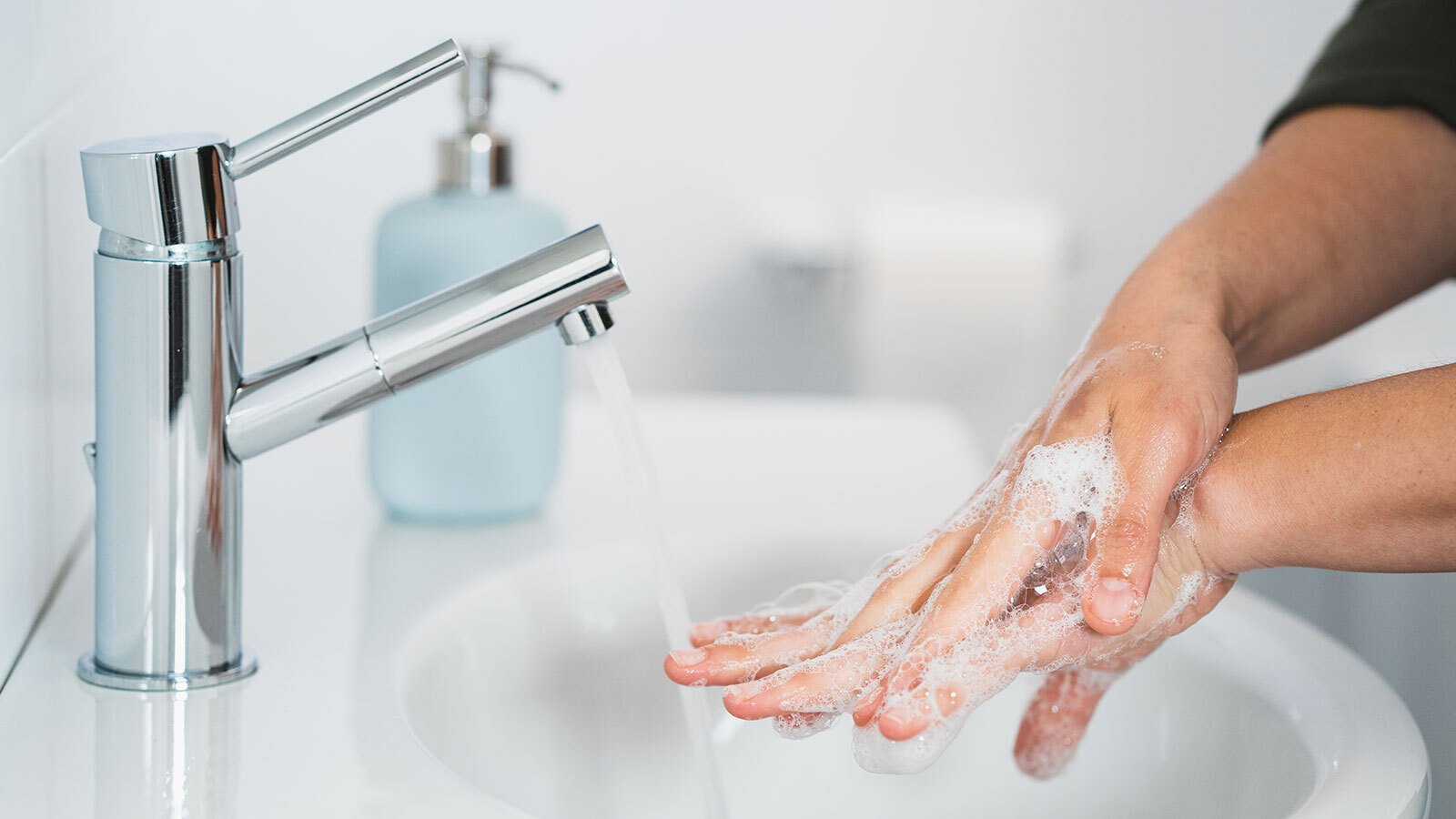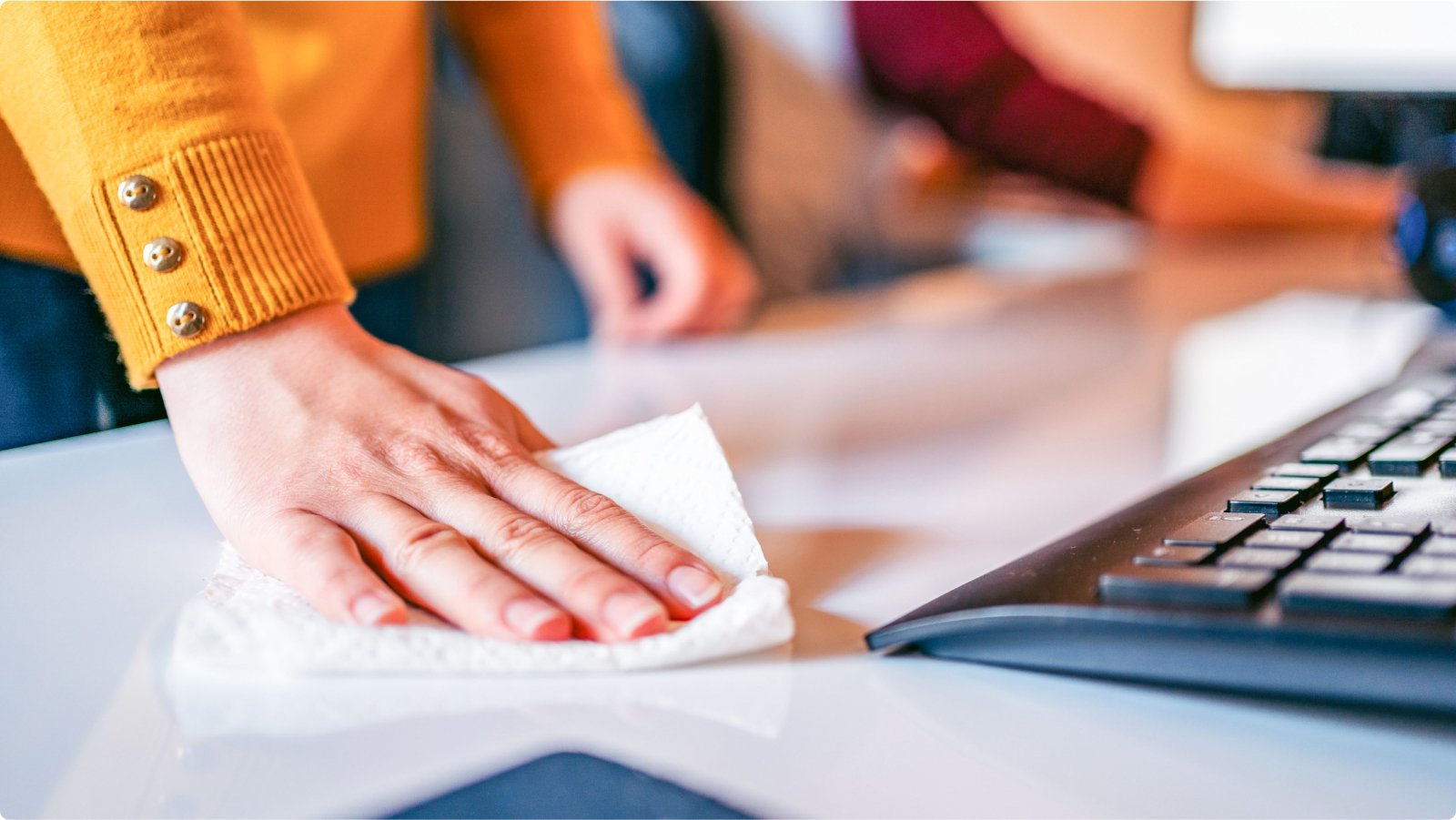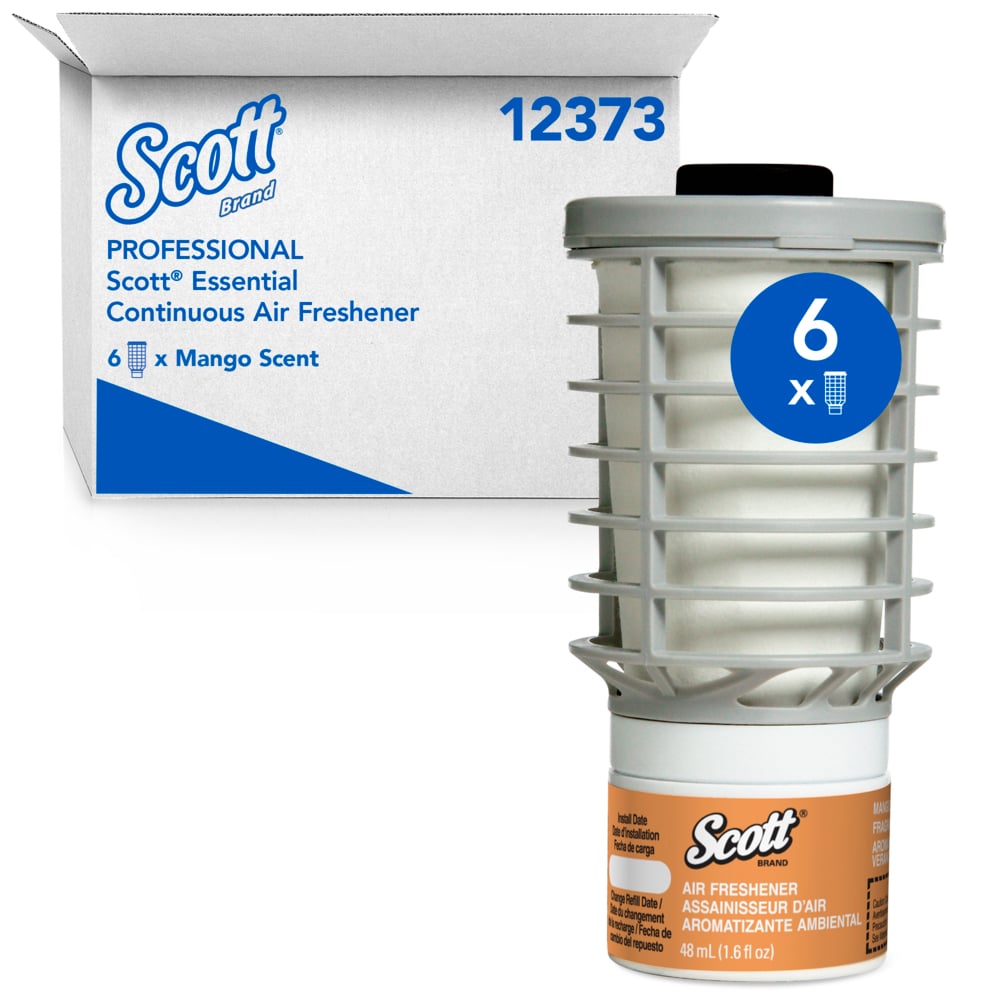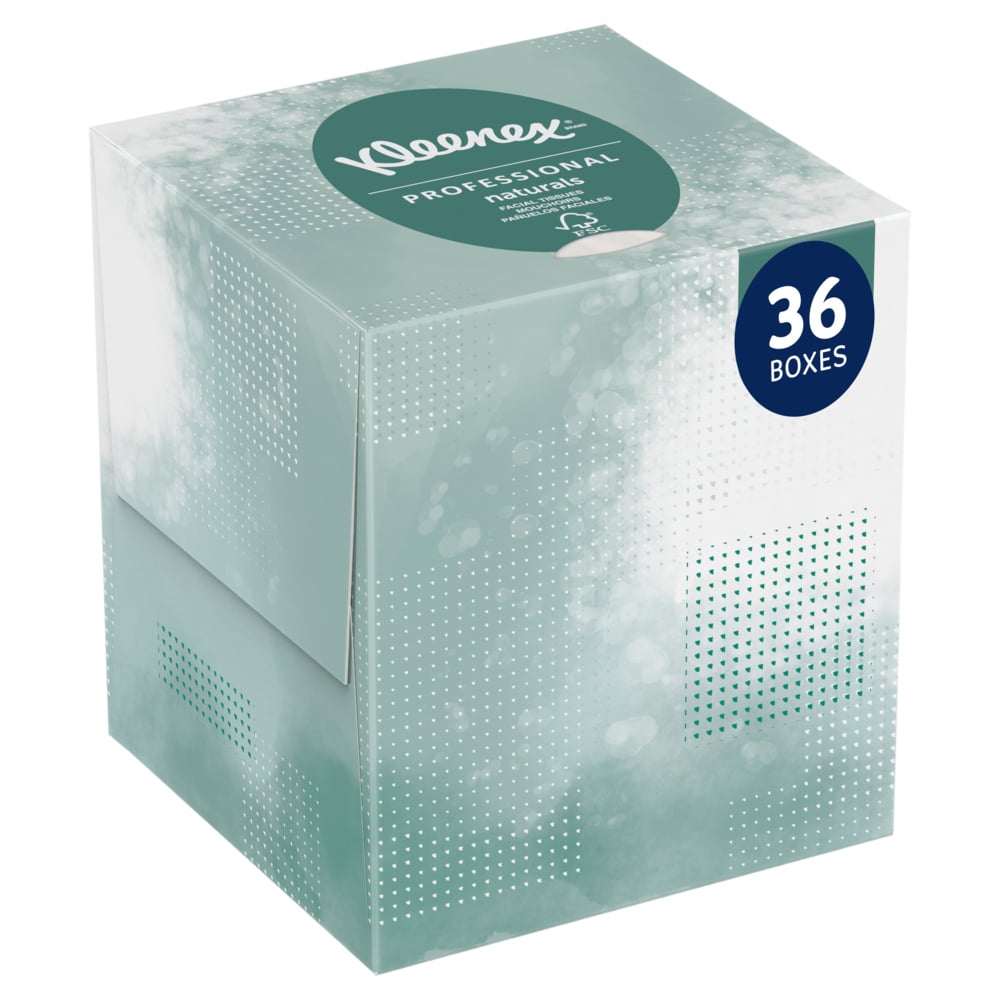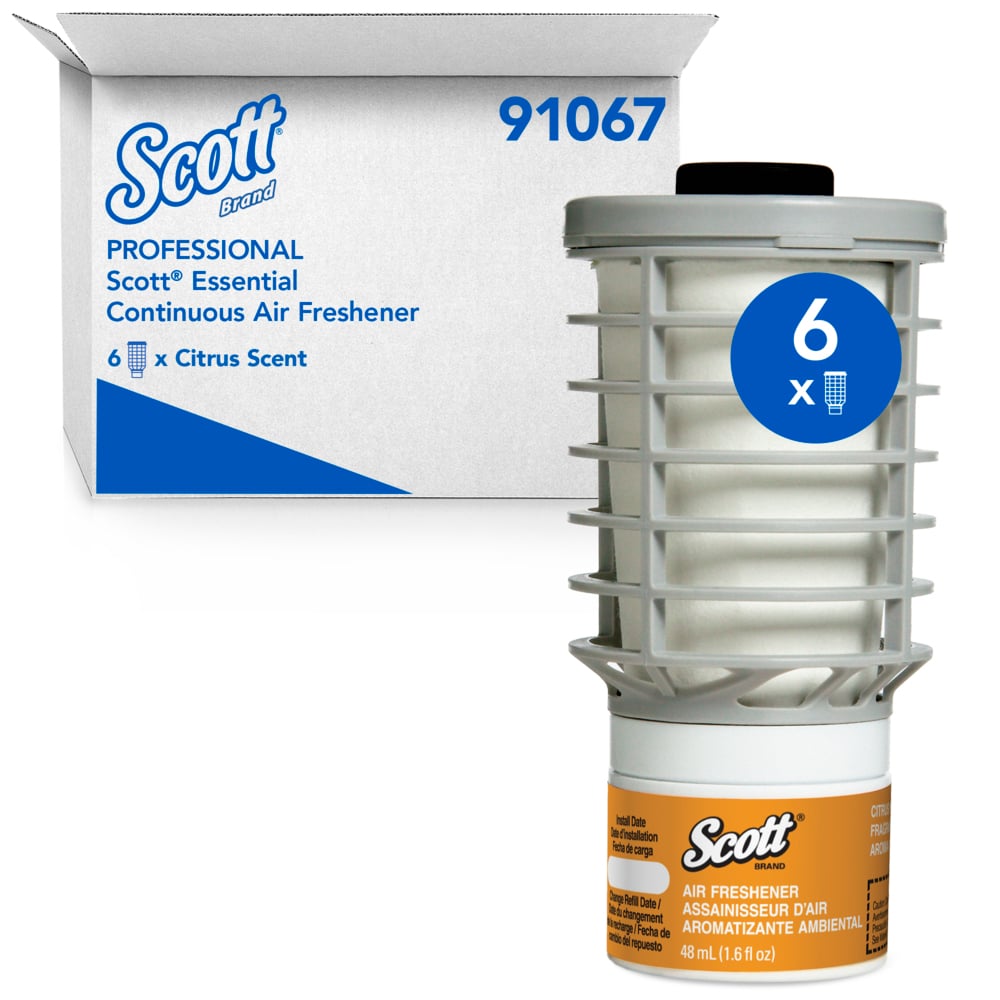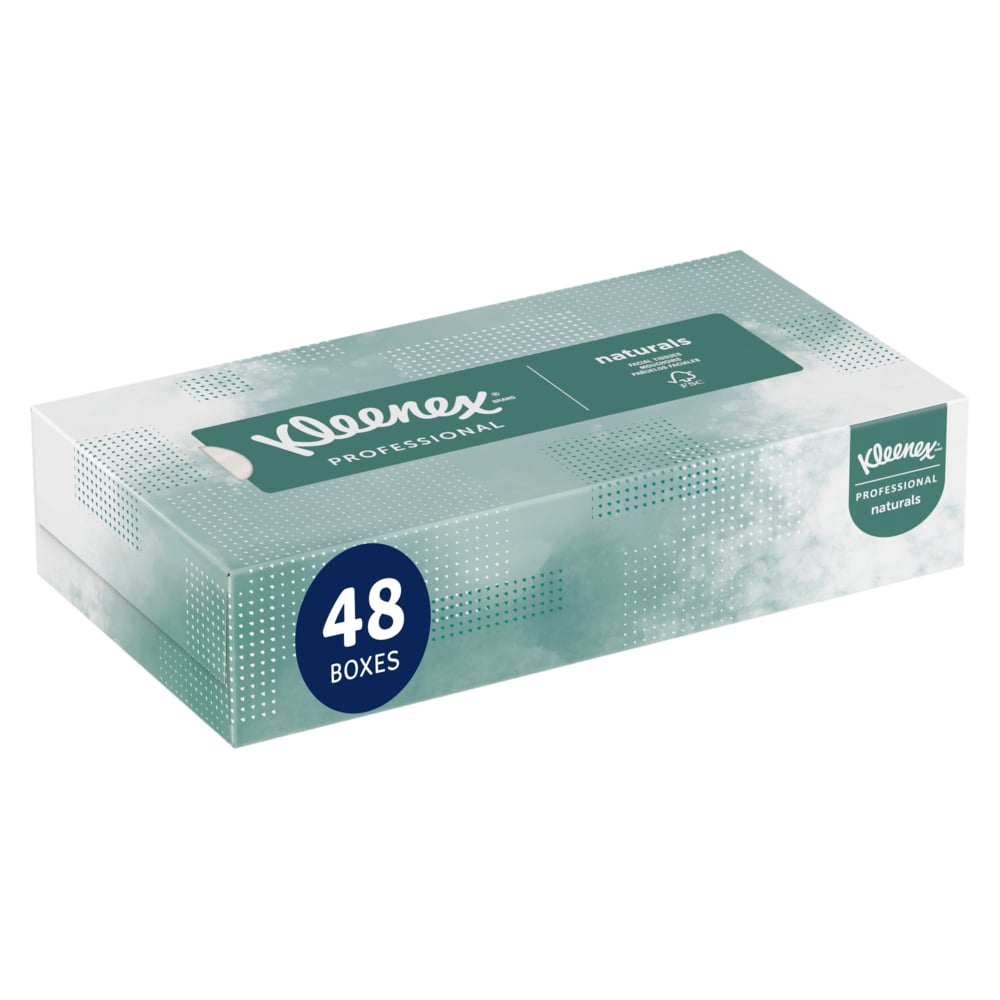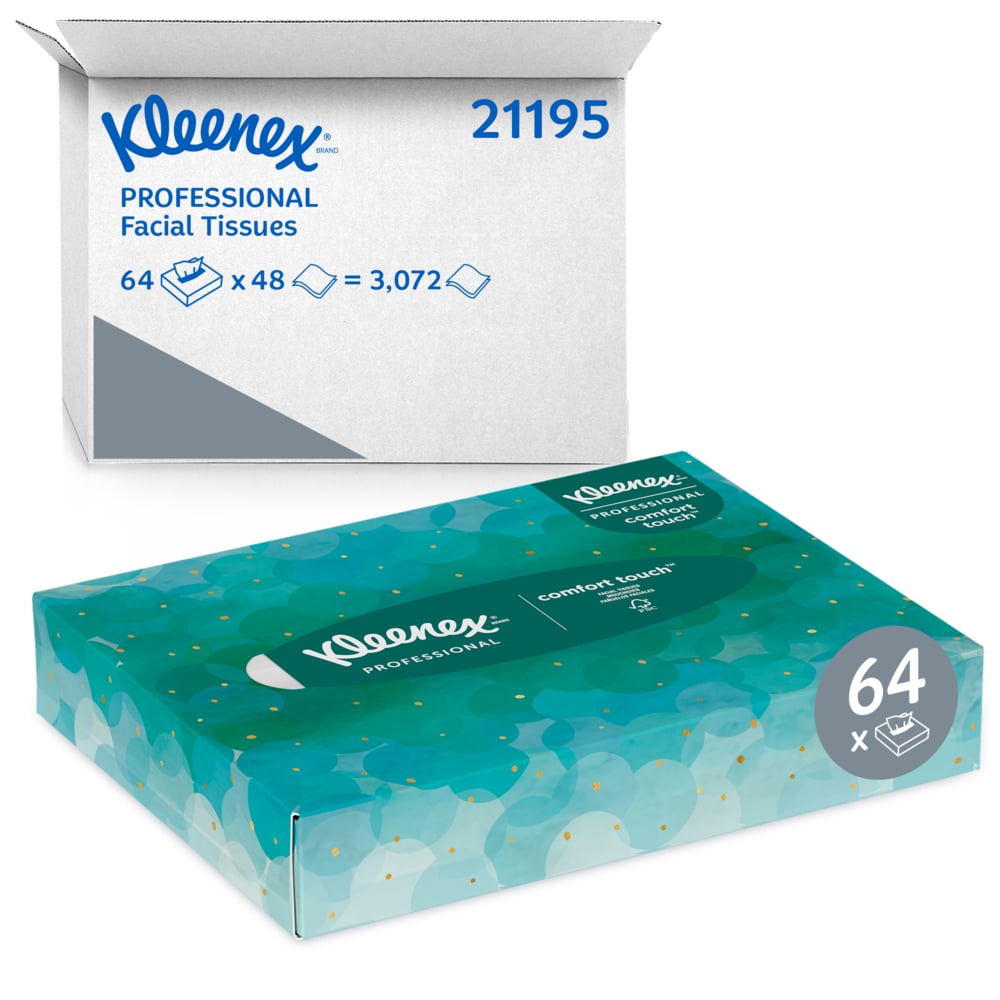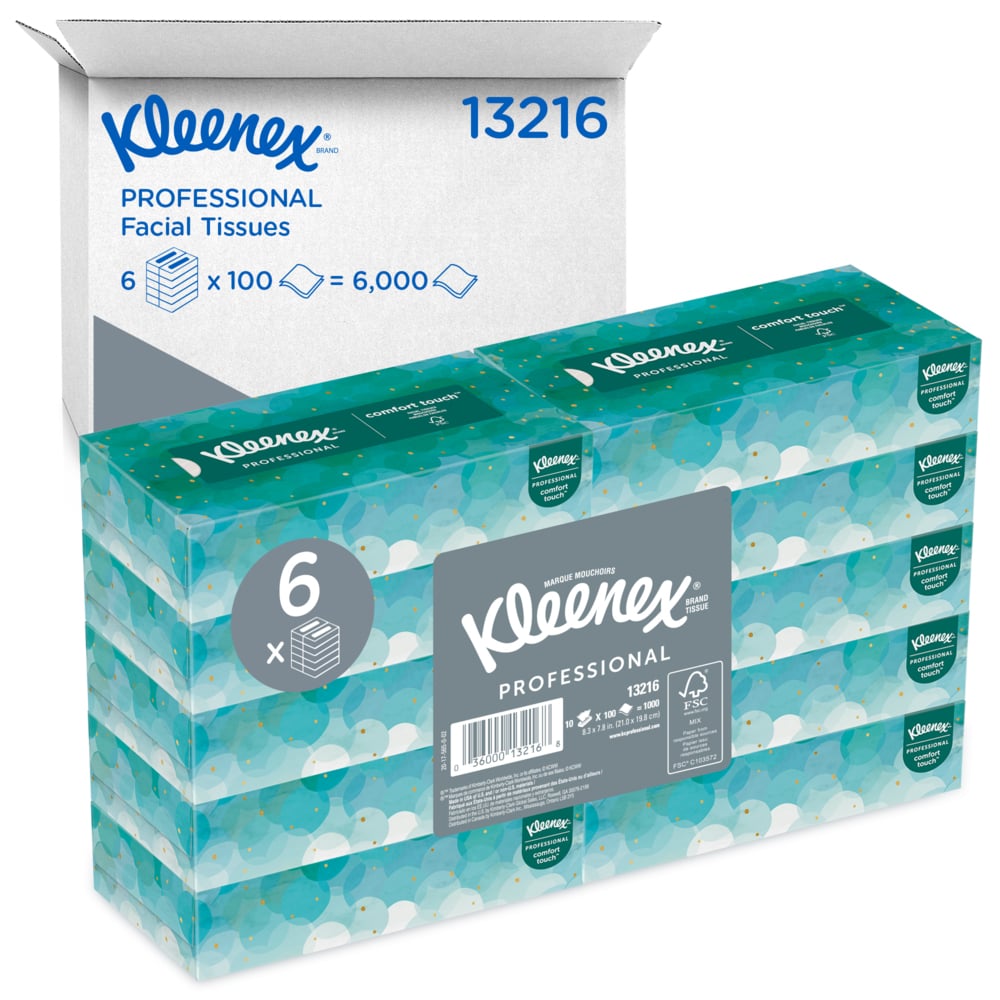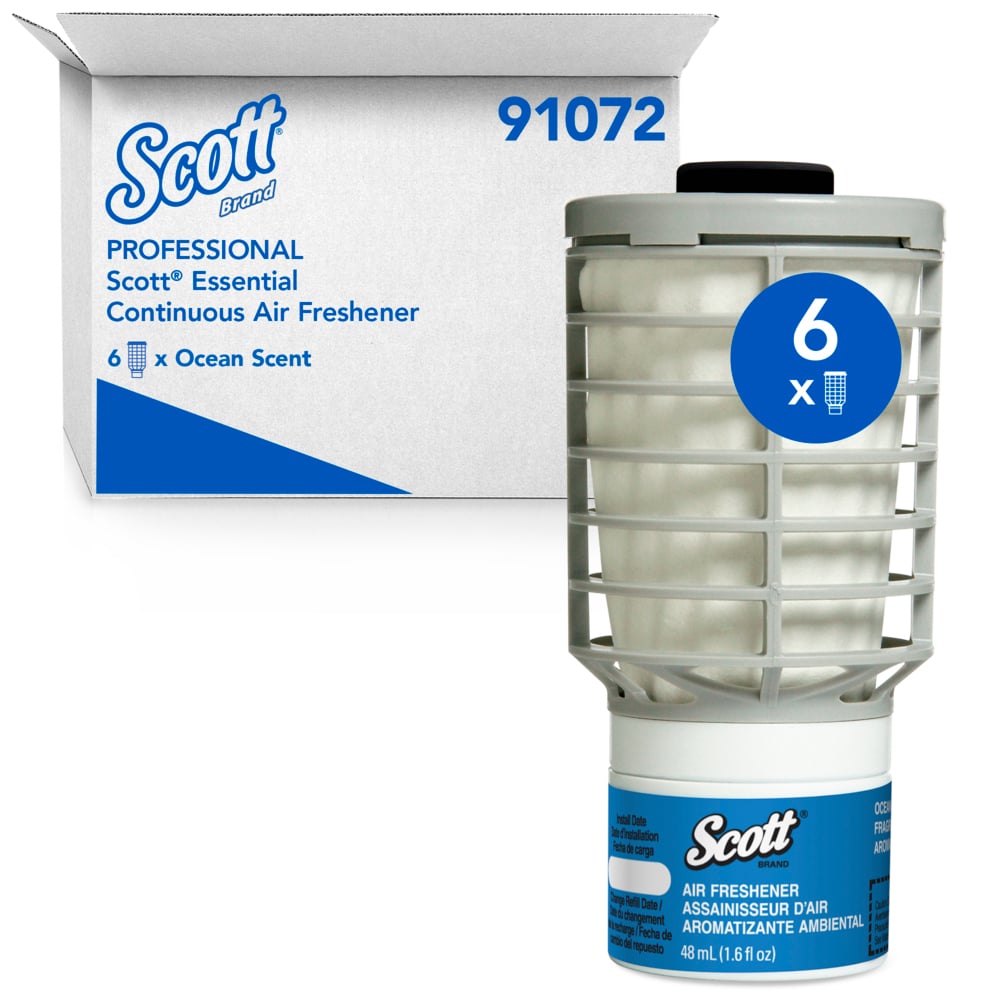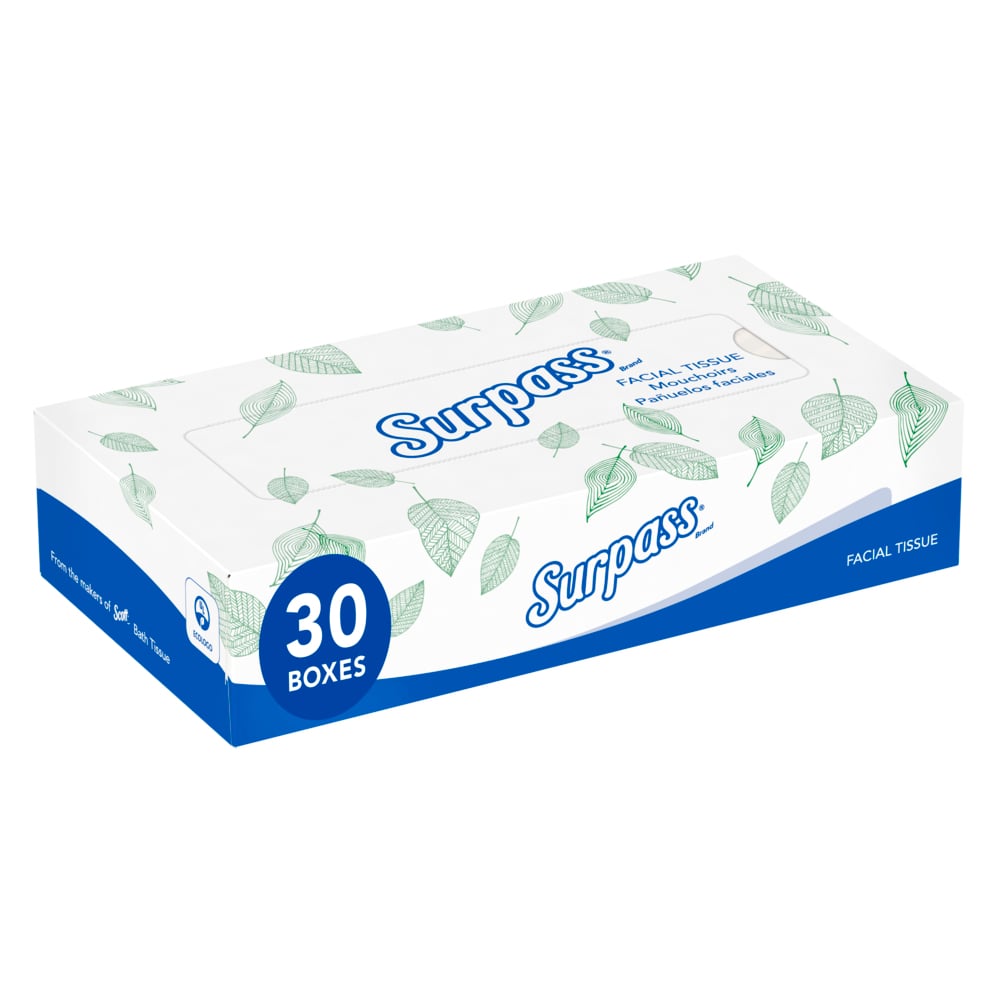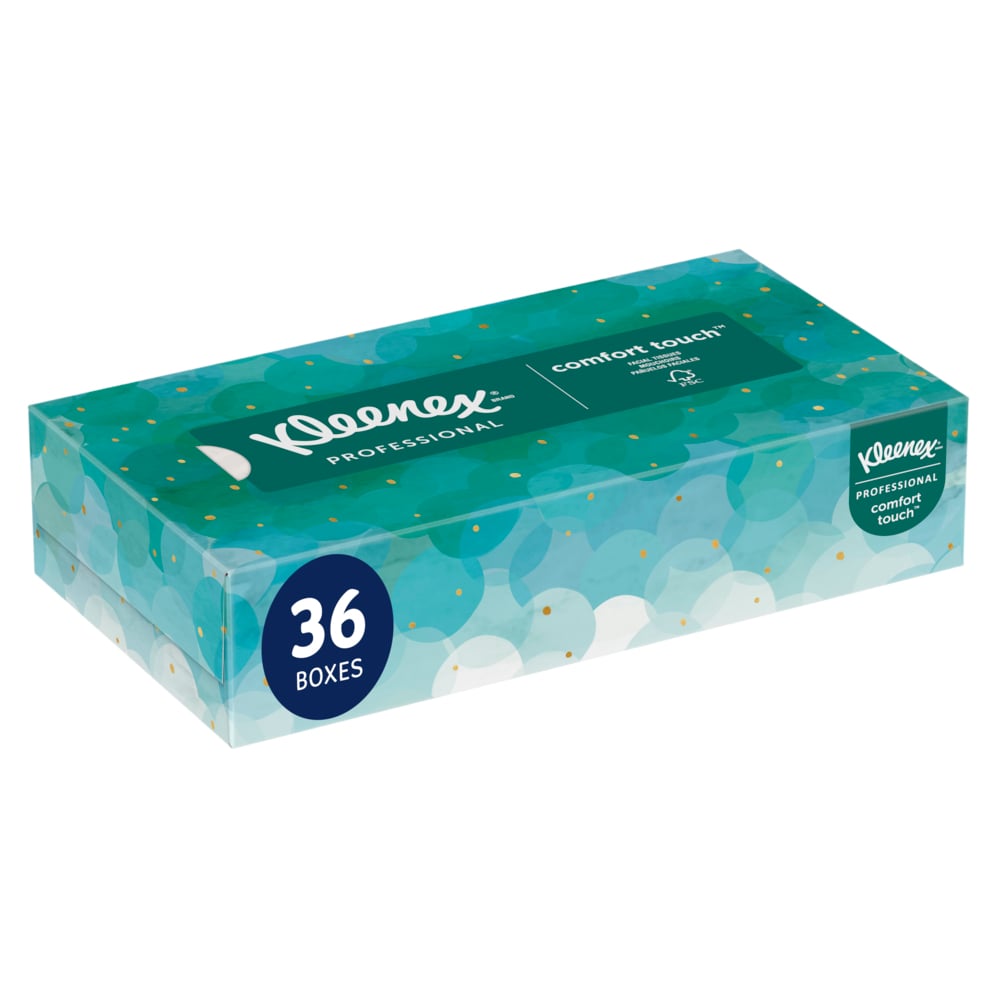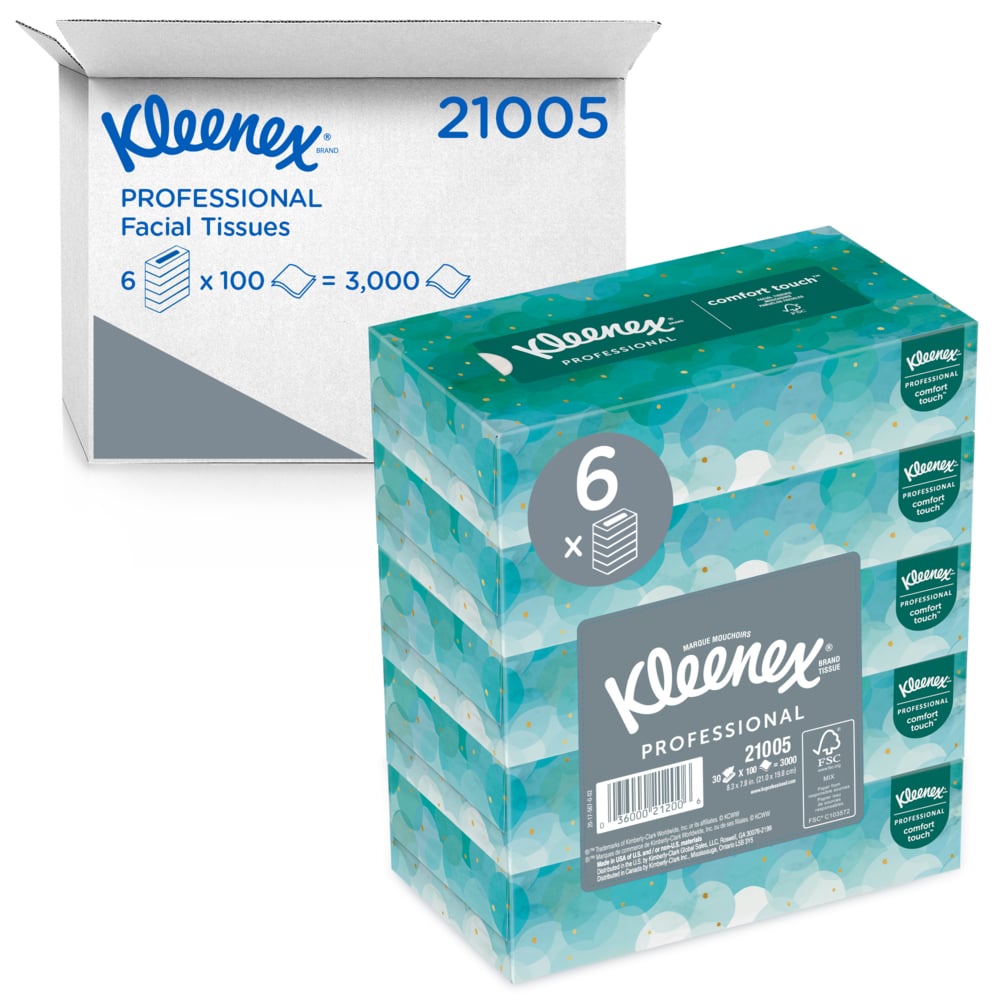Last Updated MAY 2022
Hand Drying Facts
Paper towels are the most hygienic option for hand drying, based on the speed, the degree of dryness, the overall effective removal of bacteria, and the prevention of cross-contamination. The Mayo Clinic and World Health Organization discuss the hygienic efficacy of different methods of hand drying and why paper towels might be more effective in keeping your hands clean.
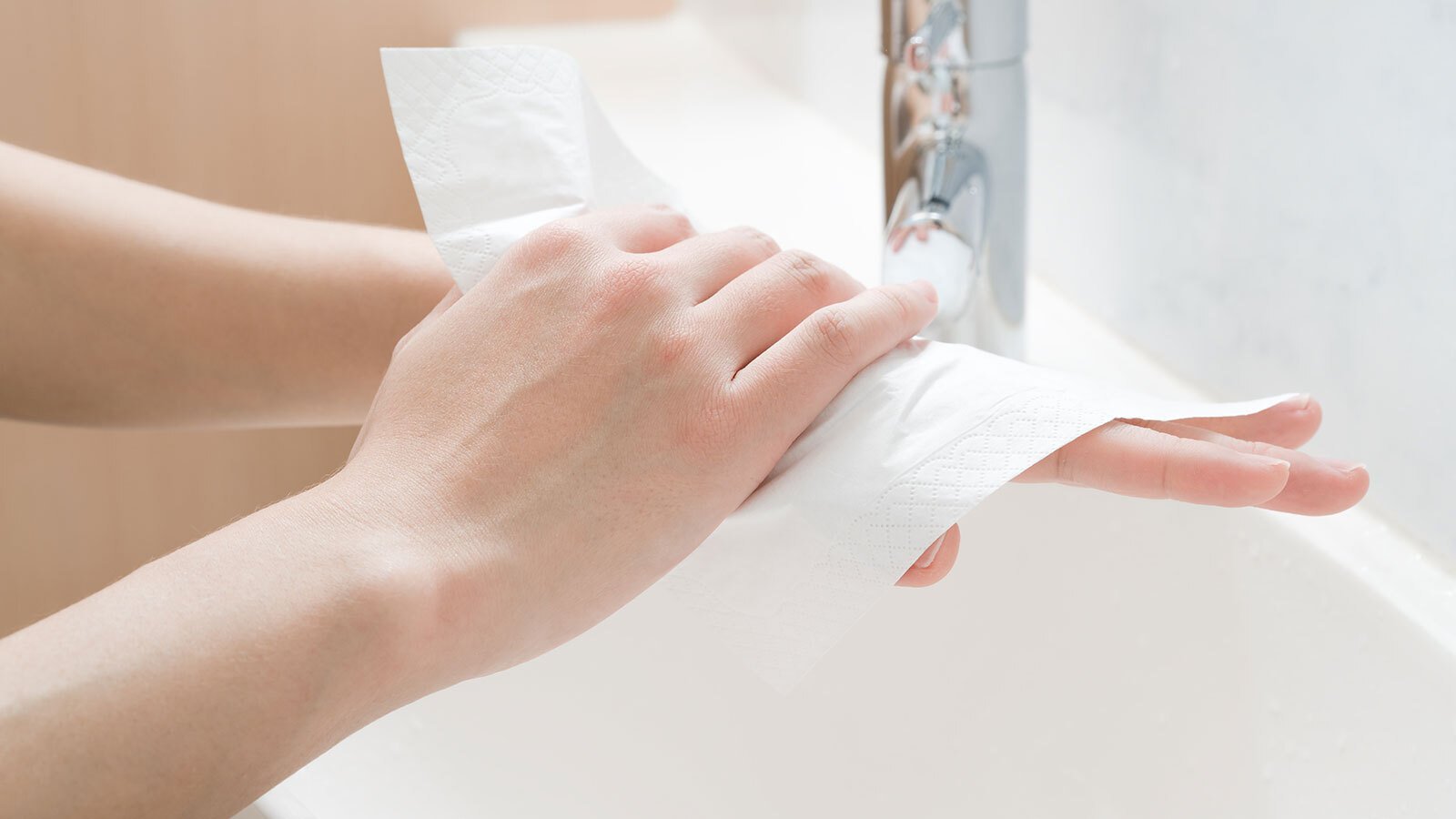
The Science is Clear
Mayo Clinic Proceedings:
The Hygienic Efficacy of Different Hand-Drying Methods: A Review of the Evidence, Mayo Clinic Proceedings
A review of 12 studies on the hygienic efficacy of different methods of hand drying published between 1970 and March 2011. Effectiveness was based on the speed, the degree of dryness, the overall effective removal of bacteria, and the prevention of cross-contamination. The conclusions were that, overall, most studies suggest that paper towels can dry hands more efficiently, remove bacteria effectively and cause less contamination within the washroom than jet air dryers.
Journal of Hospital Infection:
E.L. Best, K. Redway, “Comparison of Different Hand-Drying Methods: The Potential for Airborne Microbe Dispersal and Contamination,” Journal of Hospital Infection, 89 (2015)
This study assessed the potential for airborne microbe dispersal of four hand-drying methods (paper towels, cloth roller towels, warm air, and jet air dryer) by using three different experimental models. The study demonstrated the higher levels of airborne microbe dissemination by jet air dryers, particularly if hand washing is suboptimal.
Access Airborne Contamination Study
Journal of Applied Microbiology:
P.T. Kimmitt & K.F. Redway, “Evaluation of the Potential for Virus Dispersal During Hand Drying: A Comparison of Three Methods,” Journal of Applied Microbiology, 120 (2016)
A comparison of three hand-drying methods – paper towels, a warm air dryer and a jet air dryer – to disperse viruses and contaminate the immediate environment during use, by using a MS2 bacteriophage model. The results of the study show that the use of jet air dryers leads to significantly greater and further dispersal of viral particles from artificially contaminated hands than warm air dryers and paper towels.
Journal of Hospital Infection:
E.L. Best, P. Parnell and M.H. Wilcox, “Microbiological Comparison of Hand-Drying Methods: The Potential for Contamination of the Environment, User and Bystander,” Journal of Hospital Infection, 88.4 (2014)
This study tested how microbes are spread when using three methods of hand drying – jet air dryers, warm air dryers and paper towels – in a public restroom. Researchers first measured amounts of bacteria in the immediate vicinity, as well as one meter away from all three hand drying devices. This part of the study found that bacteria counts were higher in the air immediately next to the jet air dryers than that of warm air dryers and paper towel dispensers. Bacteria counts were also higher in the air surrounding the jet air dryers, versus the warm air dryers and paper towel dispensers, when researchers tested air samples taken one meter from the devices.
Access Hand-Drying Methods Study
World Health Organization:
WHO Guidelines on Hand Hygiene in Health Care, Published by the World Health Organization
The World Health Organization published global guidelines on hand washing in Health Care settings, is designed to provide health care workers and health authorities with specific recommendations to improve practices and reduce transmission of microbes. These guidelines favor paper towels over other hand-drying methods, and, in fact, the WHO’s recommendation for proper hand washing technique advises users to “rinse hands with water and dry thoroughly with a single-use towel.”
Access Health Care Hand Hygiene Study
European Tissue Symposium:
Observational Study at ISSA/Interclean Amsterdam 2016, Published by the European Tissue Symposium
This observational study, conducted during ISSA/Interclean Amsterdam in May 2016, found that 90% of people showed a preference for paper towels over jet air dryers when given a choice between the two in public washrooms. Researchers observed 3,879 visitors in a total of four restrooms – two men’s and two women’s – which were all equipped with both paper towels and jet air dryers, situated directly above one another.











